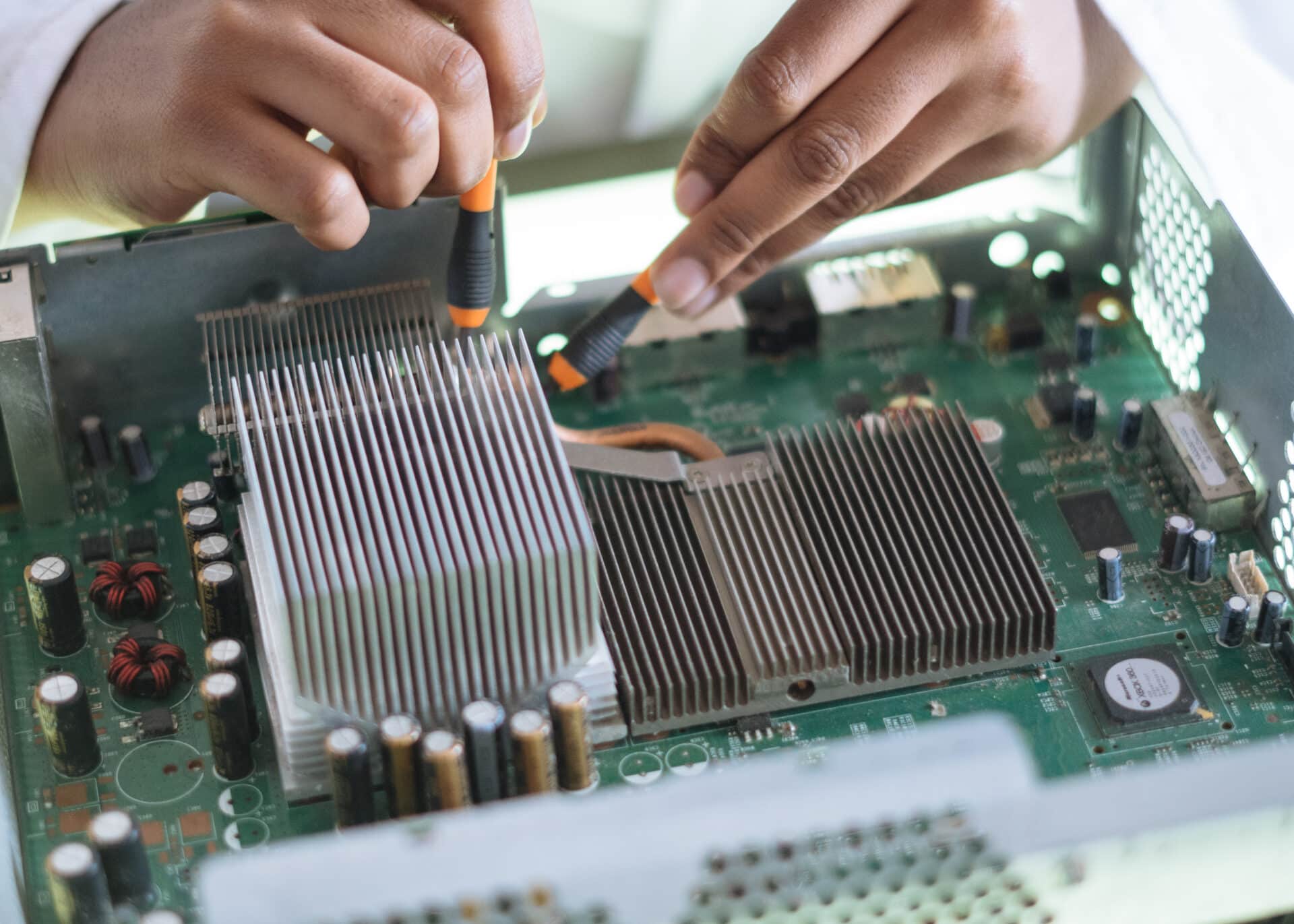Distilling alcohol at home is becoming increasingly popular, and it can be a fun and rewarding hobby. However, it’s important to note that distilling alcohol without a license is illegal in many countries, including the United States. In order to legally distill at home, there may be certain requirements and regulations that must be followed. This guide will provide an overview of what is needed to legally distill at home.Distilling at home can be a rewarding and enjoyable experience, but before you get started, there are a few things you should know. Firstly, distilling at home is illegal in many countries and states and it is important to check the local laws before attempting to distill anything. Additionally, it can be dangerous as alcohol vapors are highly flammable. It is essential to have the proper safety equipment like fire extinguishers and proper ventilation when distilling at home. Finally, it is highly recommended to read up on distillation techniques and recipes before attempting to distill. This will ensure that you produce a safe and tasty spirit that you can enjoy responsibly.
Safety Considerations for Home Distilling
Distilling alcohol at home is a popular hobby for many individuals, but it is important to understand the safety precautions that must be taken when engaging in this activity. Distilling alcohol requires heat, and there are potential hazards associated with using open flames and boiling liquids. To ensure a safe distilling experience, it is important to take the proper safety precautions. The following list outlines some of the most important considerations to keep in mind when engaging in home distilling:
• Ensure that all equipment used is designed specifically for distilling alcohol and is of high quality. Poor quality equipment can be dangerous and can result in improperly distilled alcohol.
• Always work with an open flame outdoors, away from any flammable materials or sources of ignition. Make sure that all ventilation openings are clear so that no toxic gases can accumulate.
• Wear protective clothing such as gloves, goggles, and long sleeves when working with hot liquids or flames.
• Do not leave your distillation apparatus unattended while it is in operation.
•
Gather the Necessary Equipment for Home Distilling
Home distilling is a fun and rewarding hobby that can be done with the right equipment. To get started, you will need some basic items, such as a fermenter, a still, and distillation supplies. A fermenter is used to convert sugar into alcohol, while a still is used to further refine the alcohol and separate it from impurities. Distillation supplies include a hydrometer to measure alcohol content, an airlock for fermentation, and tubing to transfer liquids between vessels. You may also want to purchase some bottles for storing your finished product.
Once you have all the necessary equipment, it’s time to start distilling. Depending on the type of spirit you are making, you will need different types of ingredients. For example, if you are making whiskey or bourbon, you will need grains such as corn or rye. If you are making vodka or gin, you will need neutral grain spirits or ethanol as your base ingredient. You may also want to purchase some flavoring agents such as spices or herbs for added flavor.
Once all of your ingredients have been
Learning the Basics of Home Distillation
Distilling alcohol at home is a popular hobby that has been gaining increased attention in recent years. Home distillation is the process of taking a fermented alcoholic beverage and separating it into its components, creating a high-proof spirit. Those who are interested in learning more about this fascinating process should be aware that it is both illegal and potentially dangerous. Nonetheless, understanding the basics of home distillation can be an interesting exercise for those who are curious about the science behind brewing and distillation.
The first step in home distillation is to create a mash, which is a combination of water and grains such as corn, rye, or barley. Yeast is then added to the mash, which ferments the mixture over several days or weeks until it has reached its maximum alcohol content. The next step involves filtering out any solids from the mash and transferring it to a still. A still consists of two main parts: the boiler and the condenser. The boiler heats up the liquid until it boils off and travels up through a tube where it cools off in order to condense back into a liquid form. This liquid is
Prepare Your Materials for Home Distillation
Distilling alcohol at home can be a fun and rewarding experience. But it requires a bit of preparation. Before you start, it is important to make sure you have the right materials and equipment to ensure a safe and successful distillation process. Here are some tips on how to prepare your materials for home distillation.
First, you will need to gather the necessary items for your home distillation setup. This includes a fermentation container, such as a carboy or plastic bucket; an airlock; some tubing; a thermometer; an adjustable-height stand; and a still. You will also need an appropriate heat source, such as a hot plate or stovetop burner, as well as some fuel, such as propane or natural gas.
Once you have gathered the necessary items, you should make sure they are all in proper working order before beginning the distillation process. This includes checking that all of the seals on the fermentation container are secure, that the airlock is properly attached, and that all of the tubing is free of kinks or obstructions. Additionally,

Choosing Your Location for Home Distillation
Distilling your own spirits at home can be an exciting and rewarding experience, but it’s important to make sure you’re doing it in the right location. Not only do you need to make sure that it’s legal to distill in your area, but you also need to make sure that the space is adequately ventilated and safe. Here are some tips for choosing the ideal location for distilling your own spirits at home.
First and foremost, it’s important to check with local laws and regulations to make sure that distilling spirits in your area is legal. Depending on where you live, there may be restrictions on what types of alcohols or sizes of stills are allowed. Make sure you understand the laws before you start distilling at home.
The next factor to consider is ventilation. Home distillation requires a lot of heat and steam, which can be dangerous if not properly vented outside. Make sure that the space you choose has an adequate ventilation system that will allow for proper air circulation during the process. You may also want to look into soundproofing
Follow the Legal Requirements for Home Distillation
Distilling alcoholic beverages at home is a popular activity but it is important to understand the legal requirements and regulations that one must follow. Home distillation of alcoholic beverages is illegal in some states and jurisdictions, so it is important to check the applicable laws before beginning your home distillation process. In addition, it is important to understand the proper safety precautions that should be taken when distilling alcohol at home.
Most states and jurisdictions require a permit or license in order to legally distill alcohol at home. These permits typically require applicants to demonstrate proof of their knowledge of safety protocols and safe handling of materials related to distillation. Depending on where you live, you may also need to obtain a special permit from your local municipality or county in order to legally conduct home distillation.
In addition, there are certain restrictions placed on the amount of alcohol that can be produced through home distillation. Some states may limit the amount of alcohol that can legally be distilled at one time, while others may limit the total amount of alcohol that can be distilled over a certain period of time. It is
Monitor and Adjust the Process of Home Distillation
Distilling alcohol at home can be a fun and rewarding experience, however it is important to ensure that the process is properly monitored and adjusted throughout. The first step in monitoring and adjusting the process of home distillation is to understand the various stages involved. The distillation process can be divided into three main stages: collection, heating, and cooling. During each of these stages, the alcohol must be carefully monitored for consistency in order to produce a quality product.
Once all of the equipment has been set up and calibrated correctly, it is important to keep an eye on all aspects of the distillation process. The temperature of the mash should be monitored closely as it will affect how quickly the alcohol evaporates during collection. Additionally, any changes in pressure or temperature must be carefully noted as this will affect both the rate of evaporation and flavor profile of the final product.
The next step in monitoring and adjusting home distillation is to adjust any variables that may affect the efficiency or quality of the final product. For instance, if too much heat is being applied to the mash

Conclusion
Distilling alcohol at home is a rewarding and enjoyable experience that can be done legally in most countries. It is important to understand the laws and regulations in your country before beginning your distillation process. You should also familiarize yourself with the basics of distilling alcohol and the safety precautions that should be taken when distilling alcohol at home. With the right equipment, ingredients, and knowledge you can make a variety of high-quality distilled spirits right in your own kitchen.
No matter what type of distilled spirit you choose to make, it is important to remember to always drink responsibly. Distilling alcohol at home can be an exciting experience, but it must always be done safely and legally.

